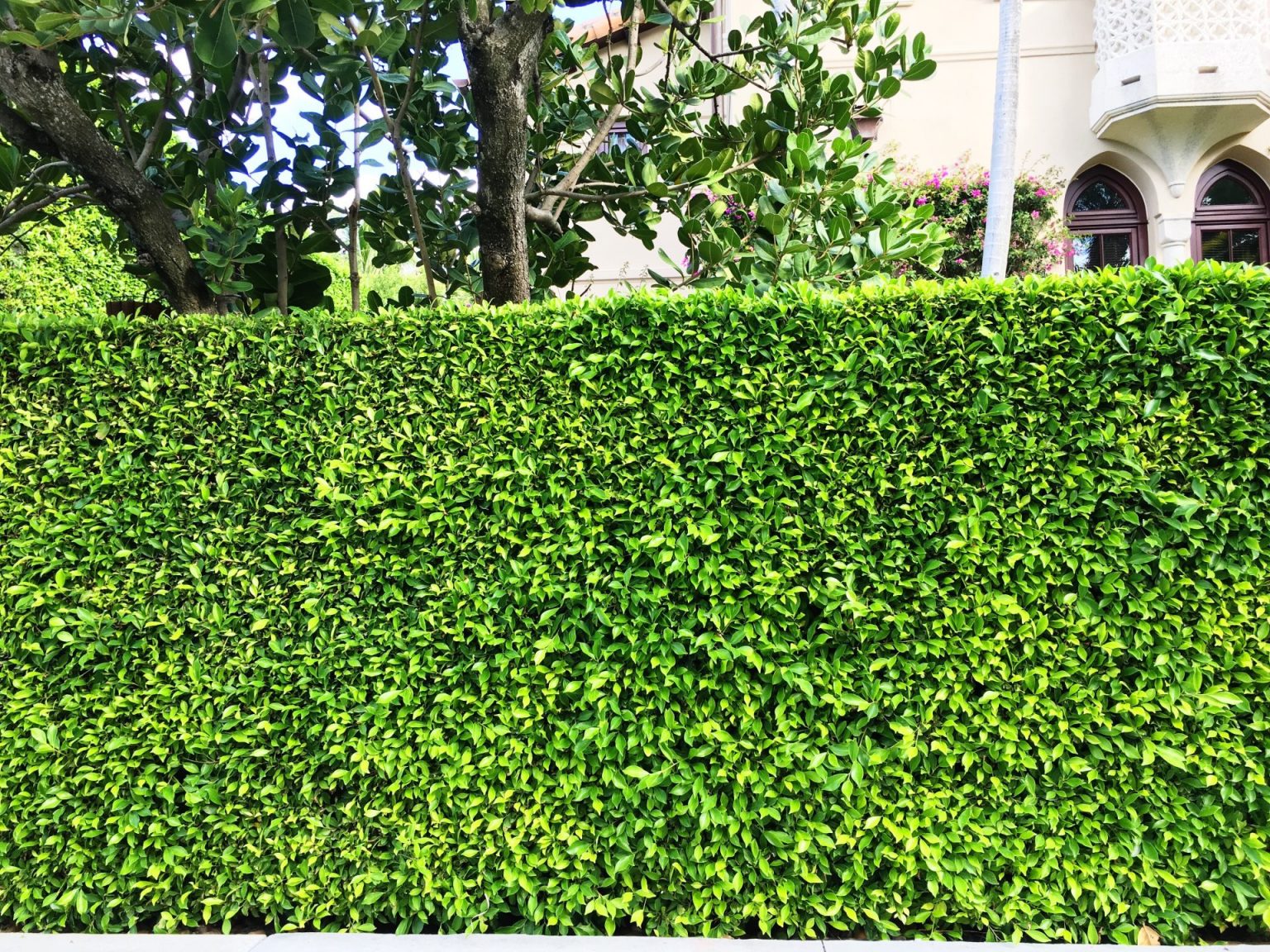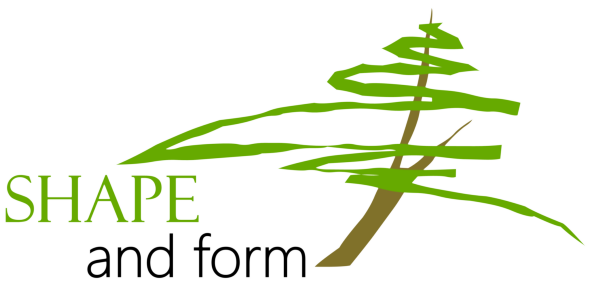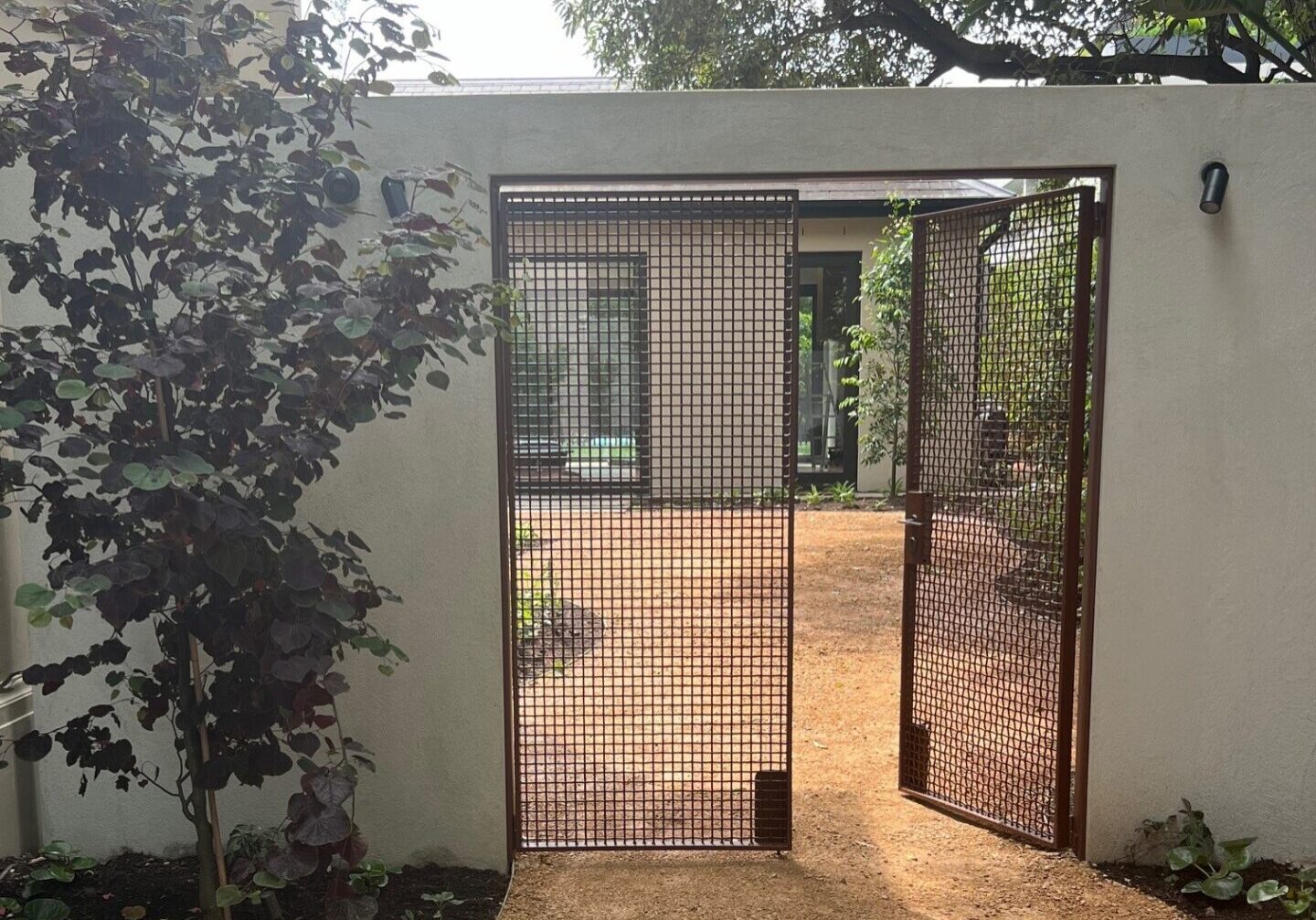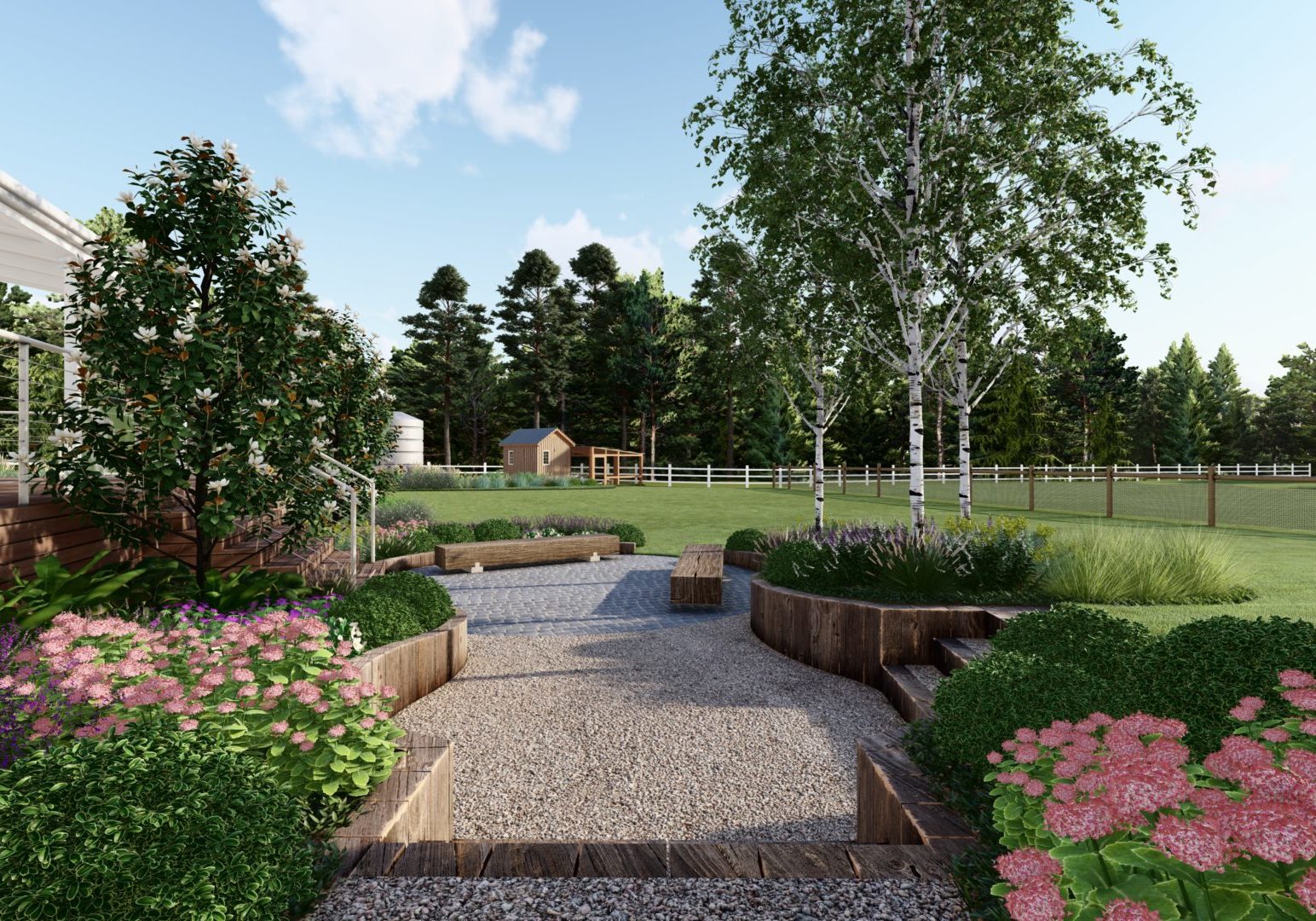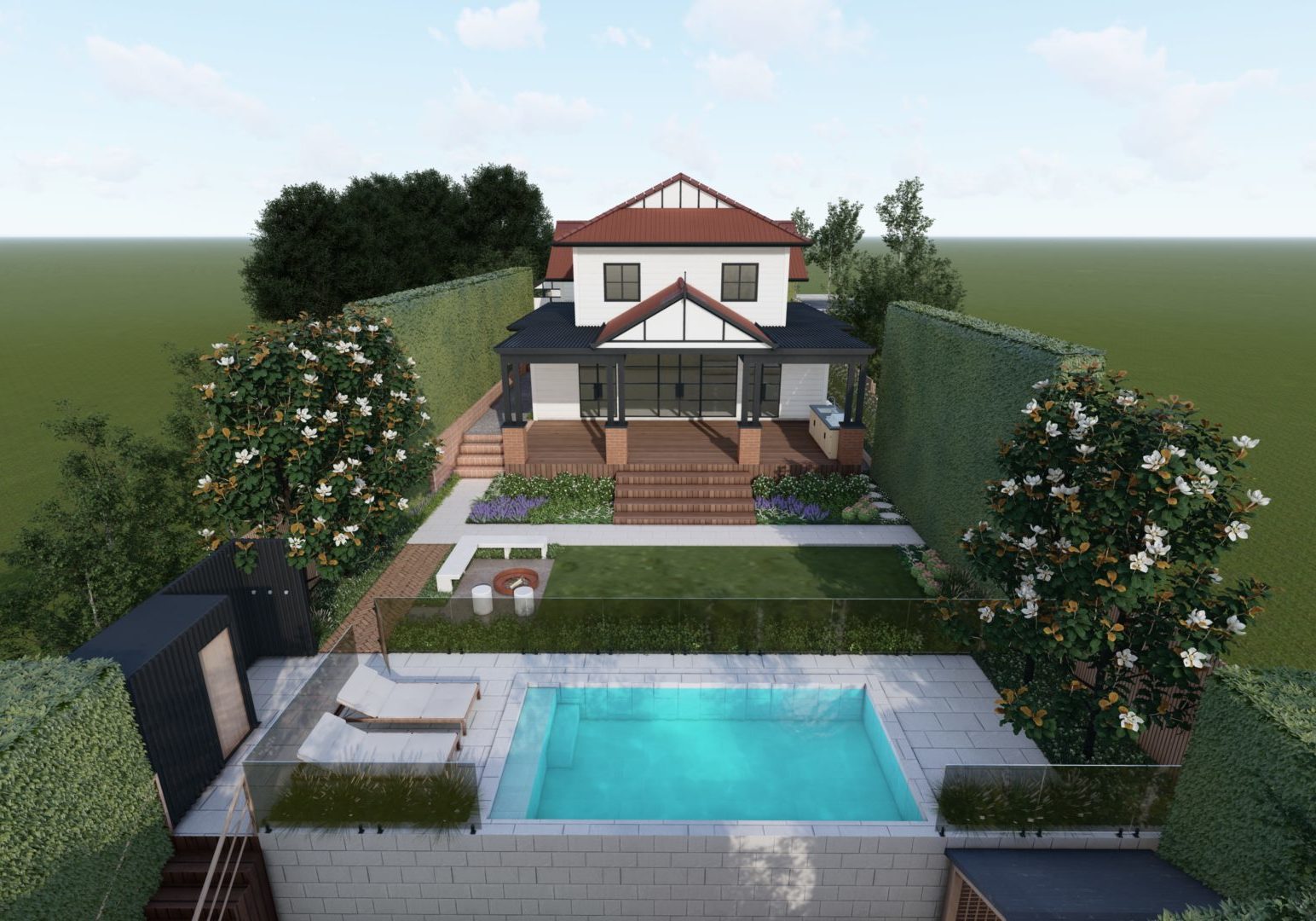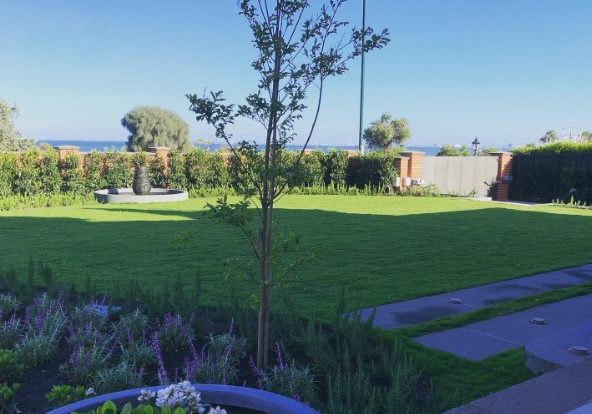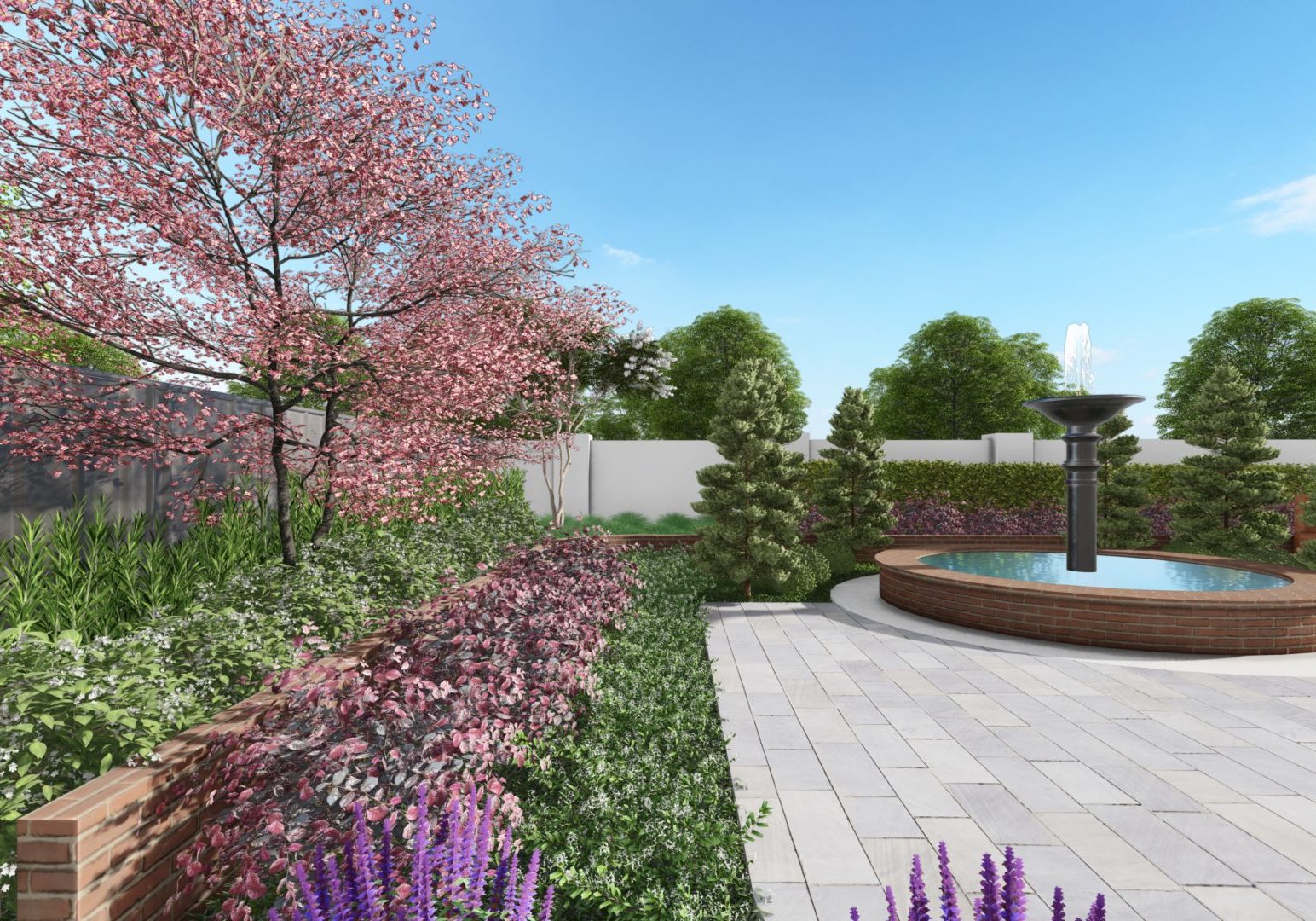Hedge Your Bets – A Quick Overview December 13, 2007
Hedges are a bordering and design tools used for dividing spaces. They enclose and subdivide fields, orchards, yards, parks and gardens. They form vegetative walls, garden rooms, gateways, screens and enclosures, within the garden landscape.
It is believed that the Romans may have first planted hedges in Britain however most of the few ancient hedges still around today, date back to Saxon times. This makes some of them up to a 1000 years old. The Saxons organized ‘strip farming’, in which each community of people would have a field which was divided into sections by grass strips. Each strip was one furrow long (201 metres). People were given a number of strips to farm by the lord of the manor. This system changed in the late Middle Ages when landlords wanted to put boundaries around their property. The Enclosure Acts in the 18th and 19th centuries allowed farmers to remove the grass strips and delineate there fields using hedge plants. Most of Britain’s 300,000 or so miles of hedges, date back to this time.
In the past Hawthorne (Crataegus monogyna) was the most popular choice of hedging plant in Britain. Hawthorne worked well to mark territory and act as a barrier, containing livestock. Nowadays hedges are commonly constructed using various plants and are used more for ornamental purposes yet still as a privacy tool. Pittosporum, Waterhousia, Buxus, Boxwood, Privet, Beech, Cherry Laurel, Hornbeam, Holly and Yew are but a few of the more desirous plants used currently for hedges.
Happy Landscaping
